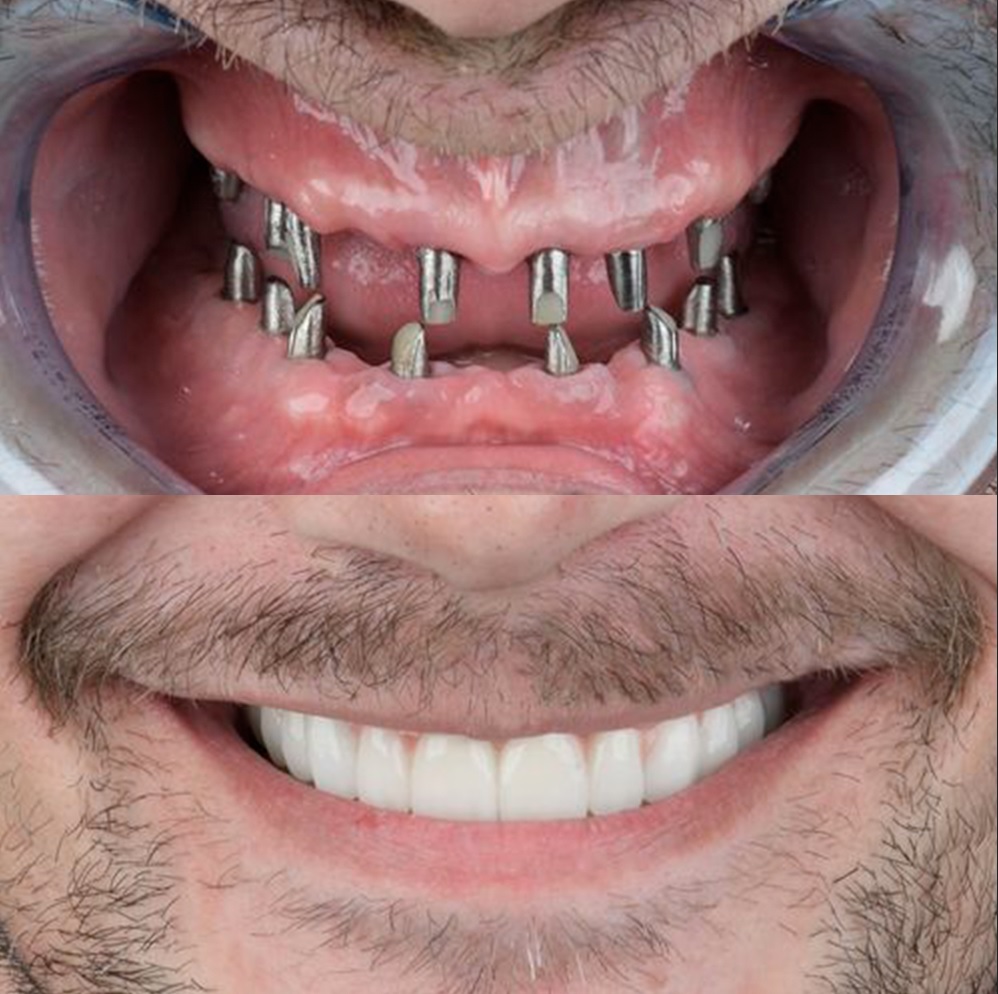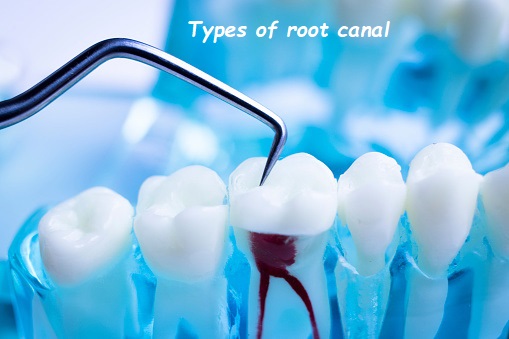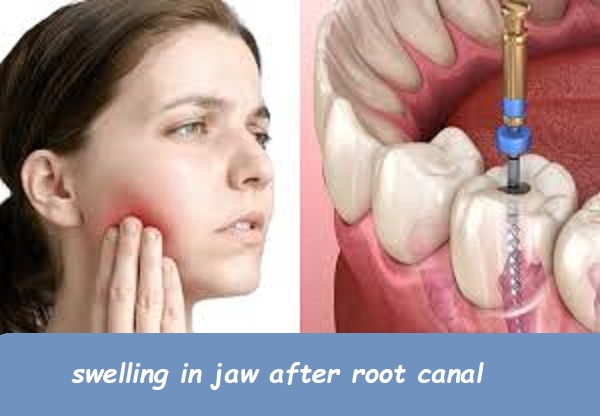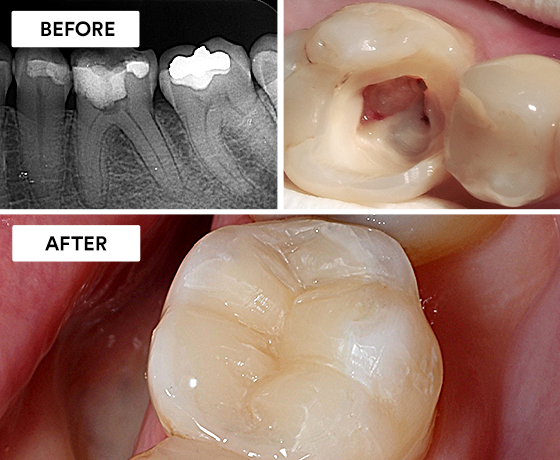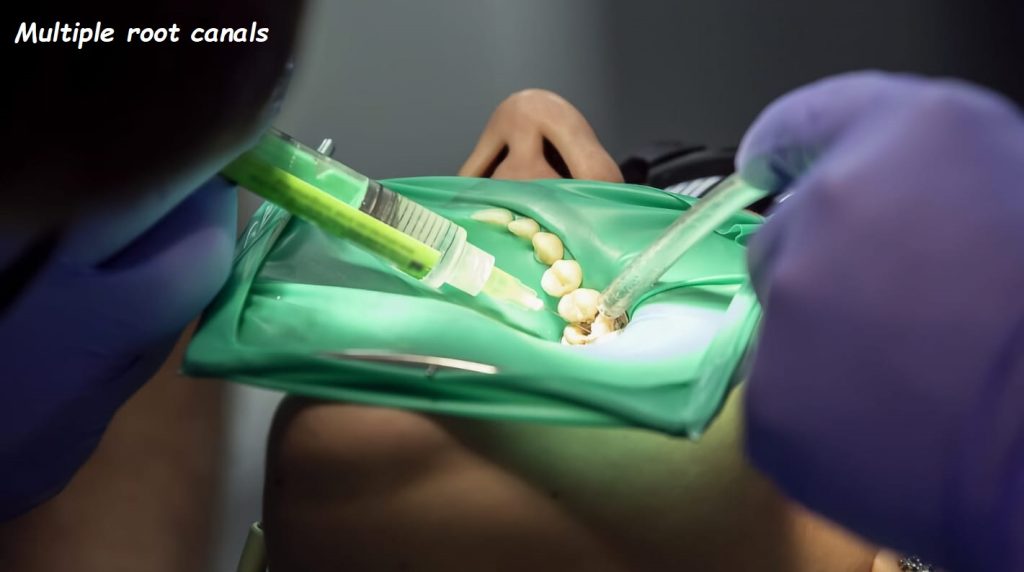root canal symptoms jaw pain

Root Canal Symptoms: Jaw Pain and Other Indicators
When it comes to dental health, understanding the symptoms that indicate the need for a root canal is crucial for timely treatment and pain relief. Jaw pain, among other symptoms, can often signal the necessity of this procedure. This comprehensive guide will explore the various symptoms associated with the need for a root canal, focusing on jaw pain, its causes, the root canal procedure, and aftercare.
What is a Root Canal?
A root canal is a dental procedure designed to remove infected or damaged pulp from the inside of a tooth. This procedure helps to alleviate pain, eliminate infection, and save the tooth from extraction. It is typically performed by an endodontist, a specialist in root canal treatments.
Anatomy of a Tooth
To understand the root canal procedure, it’s helpful to know a bit about the anatomy of a tooth. A tooth consists of three main layers:
- Enamel: The hard, outer surface of the tooth.
- Dentin: The layer beneath the enamel, which is less hard but still provides protection.
- Pulp: The innermost layer containing nerves, blood vessels, and connective tissue.
The pulp extends from the crown of the tooth to the tip of the roots, where it connects to the tissues surrounding the root.
Common Symptoms Indicating the Need for a Root Canal
Recognizing the symptoms that may indicate the need for a root canal is essential for seeking timely treatment. Here are some common signs to watch for:
1. Persistent Jaw Pain
Jaw pain can be a significant indicator of an underlying dental issue that may require a root canal. The pain can range from a dull ache to severe discomfort and can be continuous or intermittent. Here’s why jaw pain occurs:
Causes of Jaw Pain Related to Root Canal Issues
- Infection and Inflammation: When the pulp inside a tooth becomes infected or inflamed, it can cause pain that radiates to the jaw. The infection can spread to the surrounding tissues, leading to jaw pain.
- Abscess Formation: An abscess is a pocket of pus that forms at the root of an infected tooth. This can cause severe pain that extends to the jaw and surrounding areas.
- Referred Pain: Pain from an infected or damaged tooth can sometimes be felt in the jaw due to the close proximity of nerves and tissues.
2. Severe Toothache
A severe toothache is one of the most common symptoms indicating the need for a root canal. The pain may be sharp, throbbing, or constant and can worsen with chewing or pressure.
3. Prolonged Sensitivity
Sensitivity to hot or cold temperatures that lingers after the source is removed can indicate damage to the pulp. This sensitivity is often a sign that the nerves inside the tooth are affected.
4. Swelling and Tenderness
Swelling and tenderness in the gums around the affected tooth can indicate an infection that may require a root canal. The swelling can be localized or extend to the face and jaw.
5. Discoloration of the Tooth
A tooth that becomes discolored, often appearing darker than the surrounding teeth, can be a sign of pulp damage. This discoloration occurs due to the breakdown of internal tissues and blood vessels.
6. Gum Boil or Pimple
The presence of a small bump, pimple, or gum boil near the affected tooth is a sign of an abscess. This occurs when pus accumulates due to infection and can indicate the need for a root canal.
7. Cracked or Chipped Tooth
A cracked or chipped tooth can expose the pulp to bacteria, leading to infection and the need for a root canal. Trauma to the tooth can also damage the pulp, even if there are no visible cracks.
Diagnosing the Need for a Root Canal
If you experience any of the symptoms mentioned above, it’s essential to consult with your dentist. The dentist will perform a thorough examination to diagnose the problem and determine if a root canal is necessary. The diagnostic process may include:
1. Clinical Examination
The dentist will visually inspect the affected tooth and surrounding tissues for signs of infection, decay, or damage.
2. X-Rays
X-rays are crucial for diagnosing the extent of the infection or damage. They help visualize the internal structures of the tooth and the surrounding bone.
3. Pulp Vitality Tests
Pulp vitality tests involve applying hot, cold, or electrical stimuli to the tooth to assess the health of the pulp. This helps determine if the pulp is still alive or if it is infected or necrotic.
The Root Canal Procedure
Understanding the root canal procedure can help alleviate anxiety and ensure you know what to expect. Here’s an overview of the steps involved:
1. Initial Assessment and Diagnosis
Before performing a root canal, the dentist or endodontist will conduct a thorough examination, which includes:
- Clinical Examination: Assessing the tooth and surrounding tissues for signs of decay, infection, or trauma.
- X-Rays: Taking X-rays to evaluate the extent of decay or infection and visualize the tooth’s root structure.
- Pulp Vitality Tests: Conducting tests to determine the health and vitality of the tooth’s pulp.
2. Anesthesia
Local anesthesia is administered to numb the tooth and surrounding area, ensuring the patient remains comfortable and pain-free during the procedure. Additional sedation options may be used for anxious patients.
3. Accessing the Pulp
The dentist creates an opening in the crown of the tooth to access the pulp chamber and root canals. This is typically done using a dental drill.
4. Removing the Pulp
Using specialized instruments, the dentist carefully removes the infected or damaged pulp from the pulp chamber and root canals. The canals are then cleaned and shaped to remove any remaining debris and bacteria.
5. Disinfecting the Canals
The root canals are thoroughly disinfected using antimicrobial solutions to eliminate any remaining bacteria and reduce the risk of reinfection.
6. Filling the Canals
Once the canals are cleaned and disinfected, they are filled with a biocompatible material, such as gutta-percha, to seal the space. This helps to prevent bacteria from re-entering the tooth and causing reinfection.
7. Sealing the Tooth
The dentist then seals the access opening with a temporary or permanent filling, depending on the tooth’s condition and the treatment plan. In most cases, a crown is recommended to restore the tooth’s function and protect it from further damage.
Aftercare and Recovery
Proper aftercare is essential for a successful recovery from a root canal. Here are some tips to help you heal and protect your treated tooth:
Pain Management
Over-the-counter pain relievers, such as ibuprofen or acetaminophen, can help manage any discomfort after the procedure. Your dentist may also prescribe stronger pain medication if needed.
Oral Hygiene
Maintaining good oral hygiene is crucial for preventing infection and promoting healing. Brush and floss regularly, being gentle around the treated tooth.
Diet
Avoid hard, chewy, or sticky foods that could damage the treated tooth or dislodge the filling. Stick to soft foods and liquids for the first few days after the procedure.
Follow-Up Appointments
Attend any scheduled follow-up appointments to ensure proper healing and address any concerns. Your dentist will monitor the treated tooth and may place a permanent restoration, such as a crown, to protect it.
Potential Complications
While root canal therapy is generally safe and effective, there are potential complications that can arise. These may include:
1. Infection
In some cases, the infection may not be completely eliminated during the root canal procedure, leading to reinfection. This may require additional treatment or retreatment.
2. Tooth Fracture
Without a full restoration, such as a crown, the treated tooth may be at risk of fracture. A crown helps to strengthen and protect the tooth.
3. Post-Procedure Pain
Some patients may experience pain or discomfort following the procedure. This can usually be managed with pain medication and typically subsides within a few days.
4. Complications with Restoration
Issues with the placement or fit of the crown may occur, requiring additional adjustments. It’s important to follow your dentist’s instructions and attend follow-up appointments.
Preventing the Need for a Root Canal
Preventing dental issues that could lead to the need for a root canal is always preferable. Here are some tips for maintaining good oral health and reducing the risk of dental problems:
Good Oral Hygiene
Maintaining good oral hygiene is essential for preventing tooth decay and gum disease. This includes:
- Brushing: Brush your teeth at least twice a day with fluoride toothpaste. Use a soft-bristled toothbrush and replace it every three to four months.
- Flossing: Floss daily to remove plaque and food particles from between your teeth and along the gumline.
- Rinsing: Use an antimicrobial mouthwash to help reduce plaque and prevent gum disease.
Regular Dental Checkups
Regular dental checkups and cleanings are crucial for maintaining oral health. Your dentist can identify early signs of decay or infection and provide timely treatment to prevent more serious issues. Aim to visit your dentist at least twice a year, or as recommended based on your individual needs.
Healthy Diet
A healthy diet can help prevent tooth decay and maintain overall oral health. Limit sugary and acidic foods and beverages, as these can contribute to tooth decay. Instead, focus on a balanced diet rich in fruits, vegetables, lean proteins, and whole grains.
Avoiding Tobacco
Tobacco use, including smoking and chewing tobacco, can increase the risk of tooth decay, gum disease, and oral cancer. Quitting tobacco use can significantly improve your oral health and reduce the risk of dental problems.
Protecting Your Teeth
If you participate in contact sports or activities that put your teeth at risk, consider wearing a mouthguard. Mouthguards can help protect your teeth from trauma and reduce the risk of fractures or other injuries.
Conclusion
Jaw pain and other symptoms associated with the need for a root canal should not be ignored. Recognizing the signs and seeking timely treatment can help alleviate pain, eliminate infection, and save the affected tooth. Understanding the root canal procedure, aftercare, and potential complications can help you make informed decisions about your dental health.
By maintaining good oral hygiene, attending regular dental checkups, and following preventive measures, you can reduce the risk of dental problems and avoid the need for more invasive treatments. If you experience any symptoms of a dental issue, consult with your dentist to determine the best course of action and ensure a healthy, functional smile.


